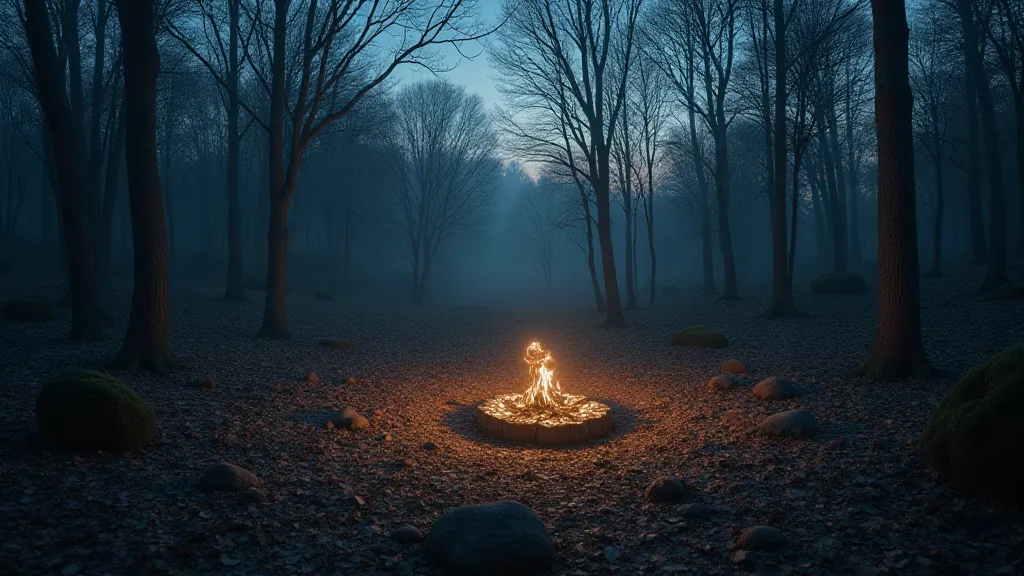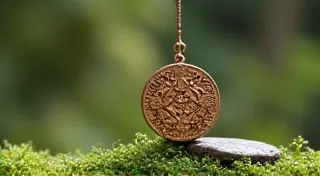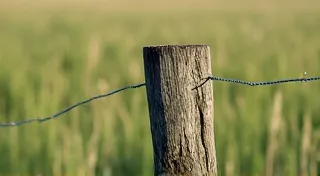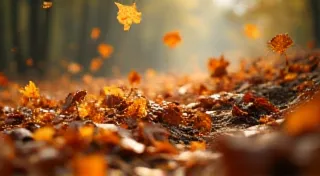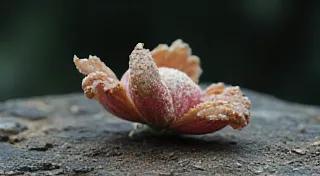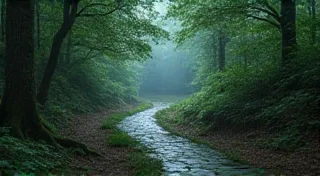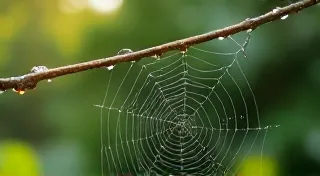The Weaver’s Thread: Fairy Rings and Fate’s Entanglement
The scent of damp earth and decaying leaves. The sudden hush that falls over a forest clearing. These are the sensory hallmarks of a fairy ring – a perfect circle of mushrooms, seeming to appear overnight, a fleeting and otherworldly presence. For centuries, across diverse cultures, these natural phenomena have been far more than botanical curiosities. They're potent symbols, deeply interwoven with beliefs about fate, destiny, and the unseen forces that shape human lives. To understand the folklore of fairy rings is to glimpse a profound connection between humanity, nature, and the enduring mystery of existence.
My own fascination began not in a textbook, but in the attic of my grandmother’s house. Amongst cobweb-draped furniture and forgotten portraits, I found a dusty, antique accordion. Its bellows were cracked, its keys yellowed, but its potential remained palpable. Restoring it became a quiet obsession, a painstaking process of rediscovering its voice. That experience resonated deeply with my understanding of fairy ring folklore – both are artifacts of the past, imbued with a silent narrative, a potential for rebirth, and a profound sense of the interconnectedness of things.
Ancient Beliefs: Dancing with the Unseen
The earliest accounts of fairy rings aren't scientific explanations, but terrified whispers. Celtic folklore, rich with the traditions of Druids and early pagan practices, views fairy rings (often called “fairy dances” or “elf-circles”) as portals to the Otherworld. It was believed that fairies, elves, or spirits used these rings for their nightly revelries. To stumble upon one, especially at night, was to risk being drawn into their dances, losing yourself in the ethereal world, and potentially being trapped there forever. The rings weren’t merely places; they were thresholds.
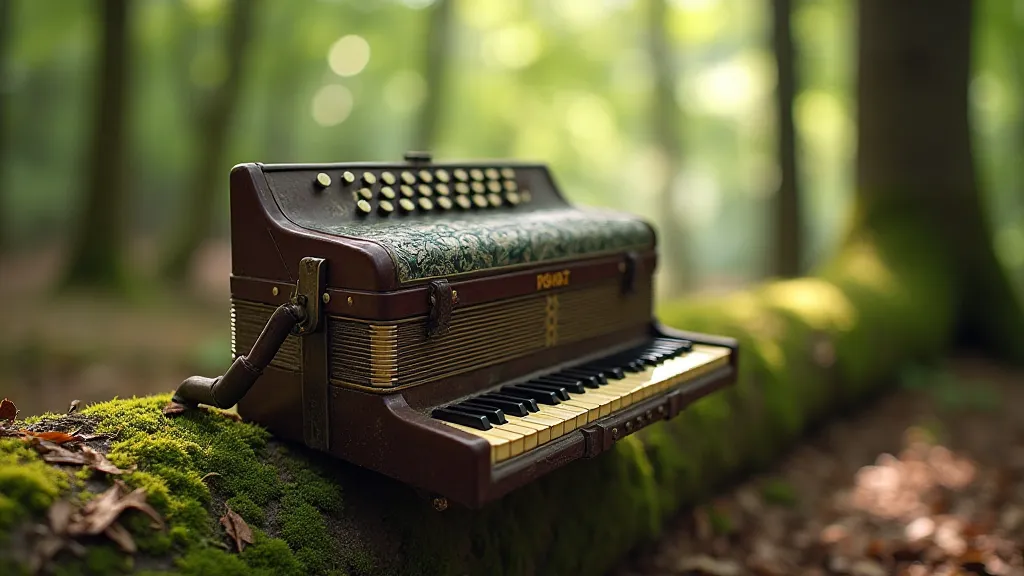
Similar beliefs echo across Northern Europe. In Scandinavia, *kringelmark* – fairy rings – were places to be avoided. It was believed that to walk around a fairy ring widdershins (counterclockwise) brought misfortune. In Germany, stories speak of *Tanzplätze der Zwerge* – dwarf dance floors – rings of mushrooms where diminutive folk would gather to celebrate, occasionally abducting unwary humans to join their merriment.
Beyond Europe, variations on this theme exist. In Slavic folklore, *kolodrygi* (fairy circles) are considered dwelling places of spirits, both benevolent and malevolent. Crossing them could invite blessings or curses depending on the nature of the resident spirit. The common thread is a sense of the ring as a boundary – between the known and the unknown, the mortal and the immortal, and the predictable and the fantastical.
The Intersection of Fate and Flora
The belief that fairy rings were linked to fate extended beyond simple encounters with otherworldly beings. They became intertwined with predictions and prophecies. In some traditions, the number of mushrooms within a ring dictated the length of the misfortune or blessing to come. The pattern of their growth, the size of the circle, even the species of mushroom – all held symbolic meaning.
This connection to destiny also manifested in rituals and superstitions surrounding the rings. Young lovers might perform a ritual within a fairy ring to ensure a lasting union. Farmers might leave offerings to appease the spirits and secure a bountiful harvest. And those seeking to influence their own fate might perform elaborate ceremonies, hoping to harness the power associated with these mystical circles. The rings weren't just observed; they were actively engaged with, treated as levers to influence the course of one's life.
The scientific explanation, of course, involves the fungal mycelium growing outwards in a circular pattern. This uneven growth creates the ring of mushrooms, and the lack of grass within the ring is attributed to the mycelium depleting nutrients from the soil. But the explanation lacks the soul of the stories. It doesn't account for the centuries of belief, the palpable sense of awe and fear that these natural formations inspire.
Restoration and Reverence: Echoes in Craftsmanship
Restoring my grandmother’s accordion felt akin to deciphering a forgotten language. Each cracked bellows, each tarnished key, told a story of use, of care, of a life lived. The process demanded a delicate balance – preserving the instrument’s history while reviving its musicality. It highlighted the beauty of imperfection, the charm of an object weathered by time.
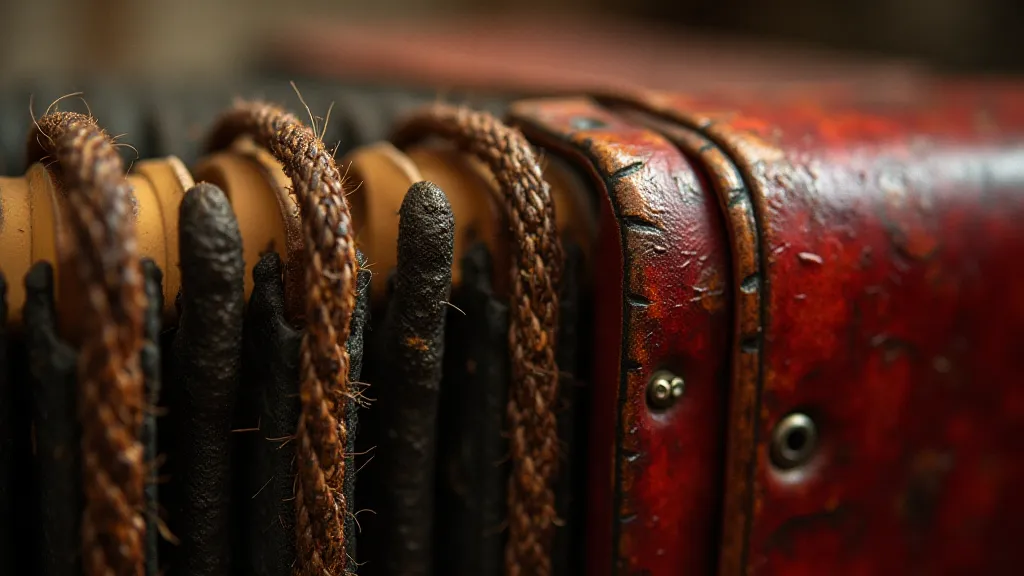
This parallels the respect for fairy rings found in traditional cultures. Rather than attempting to eradicate them (as often happens in modern landscapes), the approach was one of acknowledgement and circumvention. These rings weren't seen as problems to be solved, but as sacred spaces to be avoided or, at best, treated with reverence. The knowledge of which rings to leave untouched, and how to interact with those that could be approached, was passed down through generations – a testament to a deep understanding of the natural world and its associated spiritual significance.
Collecting antique accordions, like seeking out fairy rings, is an exercise in appreciating the echoes of the past. It's about connecting with the hands that crafted these instruments, the musicians who breathed life into them, and the stories they hold within their aged wood and delicate mechanisms. It’s about recognizing the inherent value of something that has survived the passage of time – a testament to human ingenuity and artistry, just as fairy rings stand as silent witnesses to the enduring power of nature's magic.
The weaver’s thread, in both the restoration of an antique instrument and the preservation of folklore, reminds us that everything is connected – past to present, human to nature, the tangible and the ethereal. And that the most profound truths are often found not in scientific explanation, but in the stories we tell and the reverence we hold for the mysteries that surround us.
